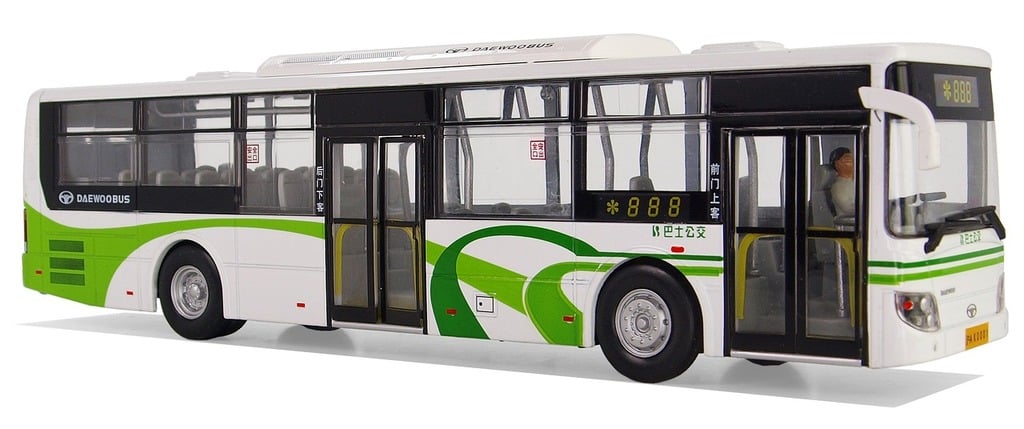By connecting bus lines such that most run throughout the city from one outer suburb to another, stopping in the central area for no more time than is required to drop off and pick up passengers, the congestion generated by buses ending in central regions can be reduced. Every terminal will be situated outside of the main area. There will probably be more room for buses to stand for extended amounts of time, which may be required during off-peak hours, and other traffic will not be as disrupted.
KEY GAINS
Additional benefits of this kind of operation include the potential to increase bus usage by lowering the frequency of bus turns. For travelers whose trips need them to travel through the city center, additional links are also offered. One possible drawback is service inconsistency, which results from the removal of the option to modify layover durations at core terminal points in order to make up for traffic delays. However, bus-induced congestion can be minimized to reduce such delays.
It may be advantageous to provide facilities for passengers to switch between routes when they are connected to operate across the city center. These amenities could be off-road facilities designed specifically for that purpose or bus stations with shelters along the side of the road, possibly connected by subways or pedestrian bridges. Buses shouldn’t have to stray too far from their routes when using these kinds of facilities; otherwise, the advantage of using bus schedule for bus services is diminished. However, most passengers should not need to switch between bus routes in the city center with proper routing, therefore substantial interchange facilities shouldn’t be necessary.
OUTER ROUTES
In any event, off-street bus schedule for bus in urban areas are frequently a wasteful use of costly land, though this may be compensated for by the construction of real estate above the station.
